The Windshield Wiper, an animated short film by Alberto Mielgo, and Last Film Show, the fifth feature film by Pan Nalin, were the films in charge of opening the competition in the Official Section at the 66th edition of the Seminci Film Festival, in open broadcasting through the Seminci Channel.
As is now a tradition at the festival, it was first the short film director’s turn to speak. This is his second work after the 3 Emmys he received for his first work, Love, Death & Robots. Director, screenwriter and animator of his film, he doesn’t consider using real images for his work: “Animation has all the arts you can imagine enclosed in a film,” he assured.
Another issue is the possibility of moving on to feature-length films, a perspective that he views positively, although he pointed out its difficulties: “Nowadays platforms are interested in short films on a commercial level, but people like long content more. And animation costs a lot of money. With the budget of a full-length animation film you can make two other films.”
The hurdles to finding funding increase when the director, as in his case, is not explicitly looking to make commercial films, but animation for adult audiences: “They’re films that don’t necessarily have an immediate financial return; that is, they’re not little talking puppets and that sort of thing.”
As for the name of his film, it encapsulates the search for the meaning of the word love. “Every experience one has of love is totally different, even if it carries the common title of love. The Windshield Wiper alludes to that pattern of drops falling on the window. When the windshield wiper passes, the new drops that fall again make up a totally different pattern of rain. I think it’s the same with relationships: we still call them all love, even though the pattern is different.”
Pan Nalin and his ode to cinema
Although in another sense, in his feature film Pan Nalin also suffered the limits of budgets when it comes to tackling a film. Last Film Show is a true ode to cinema and, as such, his first intention was to shoot in 35mm.
“We started to shoot with Kodak,” he explained, “but it’s very expensive material, especially to process it in the labs in London, so we saw that we weren’t going to make it within the budget. We told the producers about it, and they were quite upset. ‘Who do you think you are, Tarantino?’ they exclaimed.” So, he worked out a compromise with his cinematographer, and they used LOMO lenses for the shoot, which they then adapted to digital format.
The affectionate treatment of the film is related to a gestation process that alludes directly to his personal life. Nalin was also a humble boy from western India who, like his star, discovered cinema at the age of 9 and became obsessed with it. “In the early part of my training I was self-taught, it was a very long journey because I couldn’t go to a film school since my family was humble. I started with second-hand material, little by little,” he explained.
The major blow of frustration came around 2010 or 2011, when the spacious traditional theatres began to convert to multiplexes: “I was heartbroken, but I also wanted to be involved in the future, and out of that tension came this film.” Another blow, conveniently revised for the film’s plot, was the setback suffered by a filmmaker friend: “He was out of work and all the material he had became ornaments, bracelets and melted spoons, so in this recycling I saw a bit of a step into the future, as shown in the film.”
Samay’s vicissitudes are, to a large extent the director’s own. To find his interpreter, Bhavin Rabari, they interviewed three thousand children. Those in the big cities, where they started out, didn’t meet expectations, so the casting director and director decided to go to more remote parts of India, “where the children hadn’t even seen a movie.”
And they found the buffalo and goat herder who has turned out to be the great protagonist of the film, who had hardly watched films until then: “We had to do a workshop called ‘How not to act like in Bollywood’, because in India when you talk about acting everyone looks at Bollywood.”
The result: this heartfelt tribute in which even at the end there is an explicit mention of some of its directors, although references are present throughout the film. As just a simple example: “That image in which the child looks at the sparkle of a match already appeared in David Lean’s Lawrence of Arabia, and as a child I myself used to look at the flame from the matches looking for a way to trap that light. My relationship with these directors was very innocent in the intellectual aspect, but those things showed I had already experienced them at some point in my life, they were part of me, and I was incapable of not dedicating time to them in the film.”
Last Film Show and The Windshield Wiper will be screened again at Carrión and Calderón Theatres today at 22.00, and tomorrow Monday 25th, October, at 16.30.
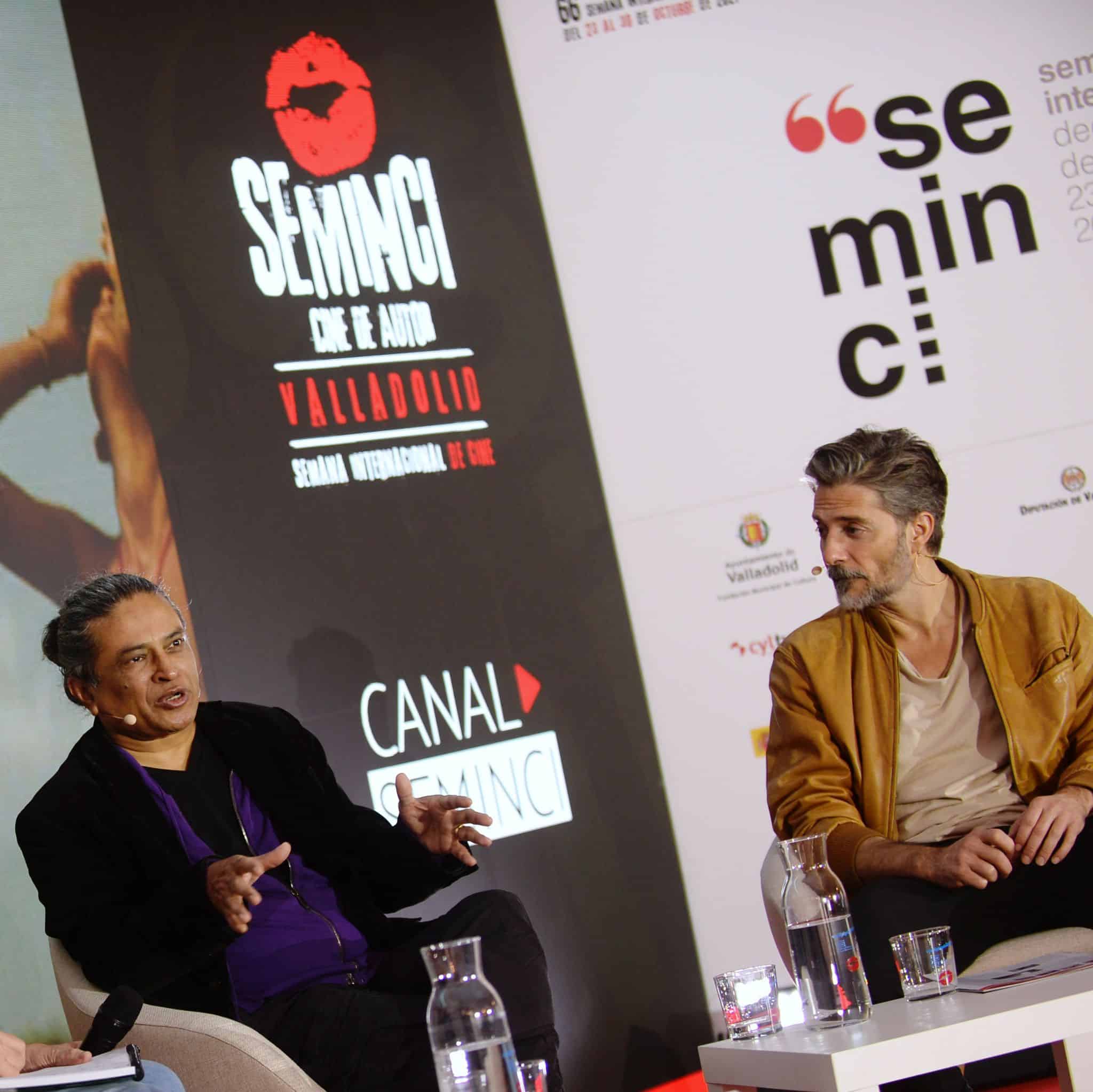
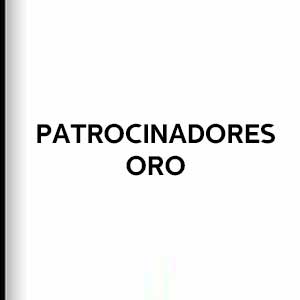



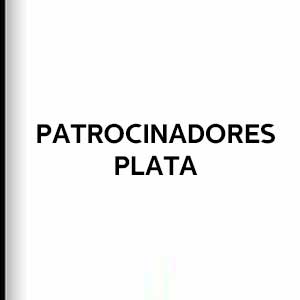



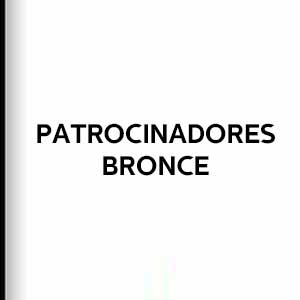









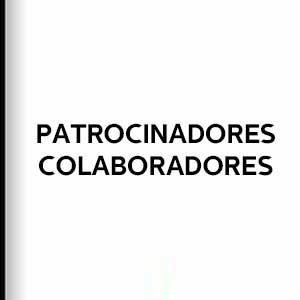







![Logo Foro Cultural de Austria Madrid[1]](https://www.seminci.com/wp-content/uploads/2024/09/Logo-Foro-Cultural-de-Austria-Madrid1-300x76.jpg)








